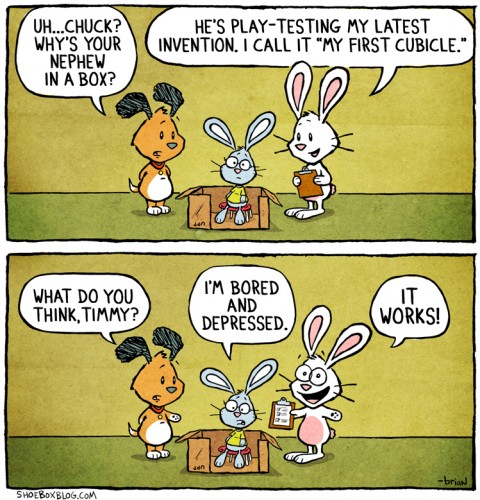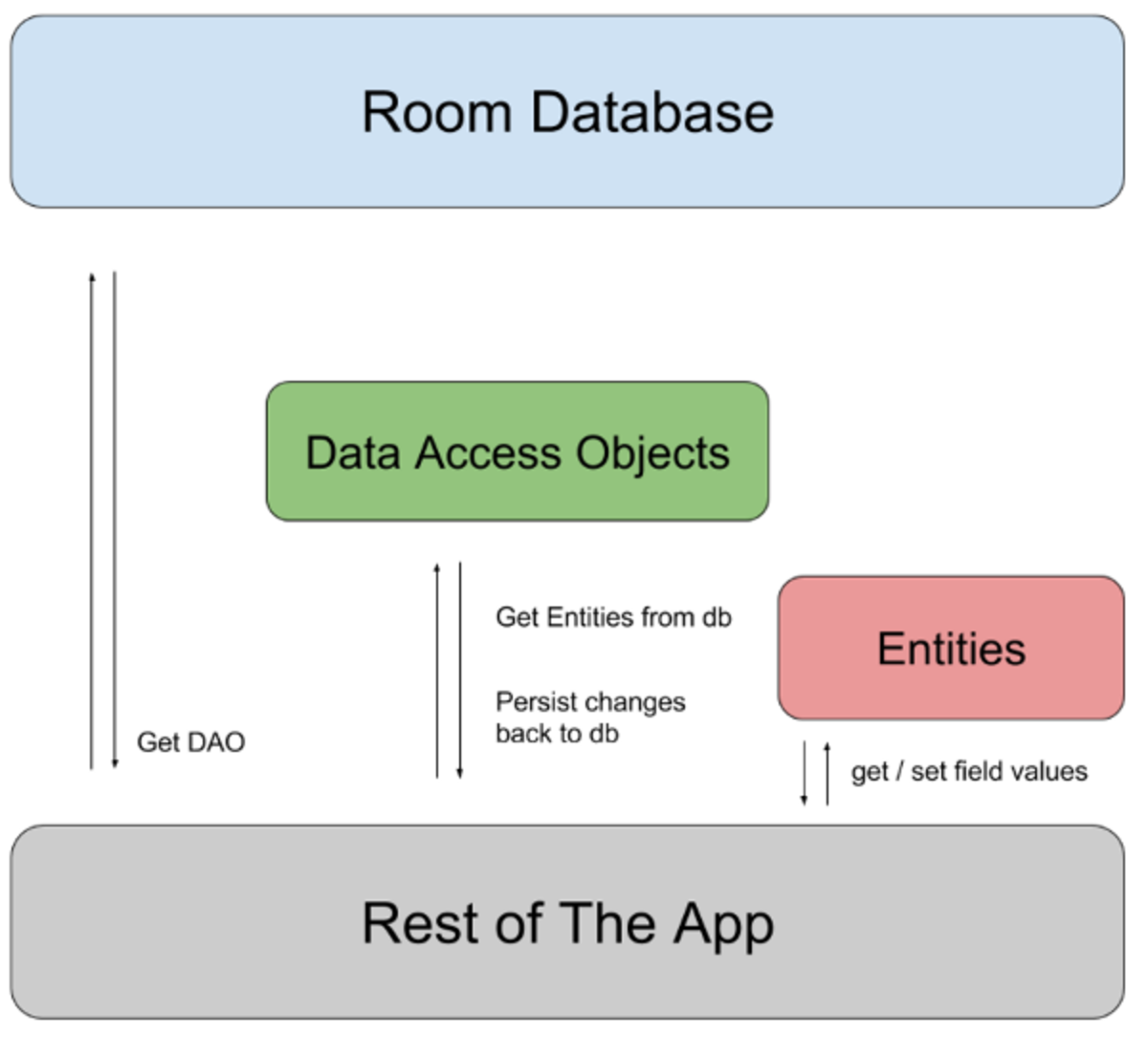Unintended Consequences of Technology (Part II): The Catch-22 of Small Talk

This is the second in a series of articles exploring unintended consequences of technology on our society’s collective communication skills. Part I began the discussion about selfishness as one of the symptoms of our escalating use of digital forms of communication. Yet the symptoms revealed there – prioritizing digital interactions, delaying responses to real live people, and multitask ‘listening’ – are not the only clues that the way we use technology can make us worse communicators. This selfishness also seeps into another unintended consequence of technology: the catch-22 of modern small talk.
The Catch-22 of Small Talk
On one hand, there seems to be a distinct lack of small talk happening in everyday public spaces. On the flip side, sometimes it also seems like digitally-mediated communication results in nothing BUT small talk. How is this possible? How can modern communication technology contribute to both making us incapable of small talk and making us all small talk?
Unfortunately, it sometimes seems we’re getting the worst of both worlds: an inability to make small talk with strangers, and an inability to move on from small talk with people we know. Picture the following: You’re sitting in a waiting room full of people, but you can hear the uncomfortable shuffling of feet, not the chatter of conversation. Most people around you have their senses glued to some device – their eyes to a tiny screen or their ears filled by headphones. There is a palpable sense of discomfort and cubicles of “personal space,” as opposed to community space. A friend texts you – ahhh, personalized, familiar communication. The conversation goes:
Friend: You in for tonight?
You: Yeah, we can drive together.
Friend: Sure
You: Great
Friend: Totally
You: Yeppers
Friend: lol
You: haha
There is probably a thirty-second delay between each of these texts. The conversation above has just taken up four minutes. Do you feel closer to your friend as a result? Do you feel engaged in a “conversation”? The first minute might have been practical, but the last three can easily be characterized as small talk, which is what many people seem so keen on avoiding these days with strangers, but we’re apparently happy to have with our friends in the digital world.

One Side of the Coin: Why Can’t We Make Small Talk With Strangers?
Clearly more people than ever feel uncomfortable making small talk with those they don’t know – they choose to play games that bore them or scroll through endless facebook updates on their phones, stick headphones with no music playing in their ears, or even enact fake phone calls to avoid it (seriously, there’s a facebook page with 115 likes for this last tactic). But where does this aversion come from? I personally see a culprit in the selfishness encouraged by ever-more customizable technology.
- Staging a Conversation on Your Cell Phone To Avoid Small Talk
115 people like this.
Digital devices encourage absolute customization, from the font of your messages to your wallpaper background, from the order of your app icons to which sounds notify you of a text vs. email vs. phone call (and then further, a phone call from mom vs. boyfriend vs. boss). We can customize our entire digital communication environment, and even our experience of external environments – don’t like that waiting room music? Just put on your own. Don’t want to have anything to do with those “weird people” on the train? Just text someone you already know instead. When everything is customizable, it can diminish our ability to be satisfied with, or even just manage in, an un-customized environment. We come to feel that it is reasonable to expect to have everything in our environment exactly the way we want it.
"I just want it the way I want it."
- Why We SHOULD Talk to Strangers: the Big Benefits of Small Talk
For more information on how improving our small talk can have major social, personal - or even economic - benefits, see this hub.
Poor Non-Verbal Communication Skills
It might seem like small talk doesn’t matter, or that it’s a useless pastime that we can happily avoid thanks to our new pocket-friends, the smartphones, but in fact, the act of making small talk helps us develop our communication skills.
When we do more and more of our communication via digital devices, we dull our skills in face-to-face conversation (because despite the availability of programs like Skype and FaceTime, most of our digital interactions are still just text-based). Non-verbal skills, like reading body language, sensing emotion, and judging facial expressions, just can’t be replaced with punctuation and emoticons. The Wall Street Journal noted:
“We live in a culture where young people—outfitted with iPhone and laptop and devoting hours every evening from age 10 onward to messaging of one kind and another—are ever less likely to develop the "silent fluency" that comes from face-to-face interaction. It is a skill that we all must learn, in actual social settings, from people (often older) who are adept in the idiom. As text-centered messaging increases, such occasions diminish. The digital natives improve their adroitness at the keyboard, but when it comes to their capacity to "read" the behavior of others, they are all thumbs.”
- Why Generation-Y Can't Read Nonverbal Cues
The rest of the article (referenced above) by Mark Bauerlein in the Wall Street Journal explains other detriments technology brings to our communication skills, such as "continuous partial attention."
One of the key points here is that these skills must be learned in “actual social settings,” from people “who are adept in the idiom.” If digital communication continues to rise in importance and increasingly dwarf face-to-face interactions, do we run the risk of diminishing actual social settings receptive to practicing these non-verbal skills? Even in classrooms, perhaps the prime, in-person setting society still mandates for young people, the push is definitely towards more inclusion of technology to allow students to communicate “comfortably” – letting them express their thoughts through online discussion portals, doing presentations via video rather than live, or even attending “virtual schools” entirely online. Aside from removing those essential social settings, do we also run the risk of diminishing the portion of the population actually “adept in the idiom” a generation or two down the line?
It seems clear that the ability to make small talk can help make us not only more tolerant, adaptable people, but that it allows us to practice some pretty important communication skills.

The Other Side Of The Coin: Why Are We Making Small Talk With Our Friends?
Recall our earlier, fake text conversation. How many times do we say “lol” or “yeah,” or the like, without really adding anything meaningful to a text talk? When trying to assess the worth-while-ness of a text discussion, I try to imagine if it would repeat itself in person. Certainly there are silences in conversation with even the best of friends, but these are usually more due to both of you mulling over what you’ve been discussing. In these instances, you can trust from body language and facial expression that one of you will say something soon, when you’ve formulated the words to say what you’re thinking.
It’s different with digital conversations – often we are multitasking at the same time as having a digital conversation, so in those few-minute-long pauses between texts, we very well might not be even thinking about the subject matter at hand, but cooking dinner, texting someone else, perusing tweets, watching tv, or talking to someone who is actually physically with us (nevermind that we’ve interrupted the flow of that conversation by answering a text that is in good likelihood not urgent). There is silence not because we are thinking, but because we are not involved – this is obvious, and becomes awkward silence, which we then fill with “yeahs” and “lols” that can make our conversations even with people we’re close to feel like small talk.
Solutions?
The solutions to these problems, if they are ones to which you relate, are strangely simple, but implementing them may require willpower and attentiveness.
-
To avoid losing your small talk skills and hone your in-person communication: JUST TALK TO PEOPLE.
Strangers. On the bus. In the park. While waiting for a concert to start. After you’ve put your name in for a table at your favourite restaurant.
-
To avoid making small talk with people you find genuinely engaging and fun: FOCUS WHEN YOU’RE TALKING TO THEM.
Be purposeful in texts and don’t let conversations linger past the point of any point. If it seems like it’s worth an actual conversation, dial their number instead of just IM-ing. Make a point of hanging out with people in person as much as possible, and enjoy the physical presence of having them with you to experience the verbal and non-verbal ways you communicate with each other.








